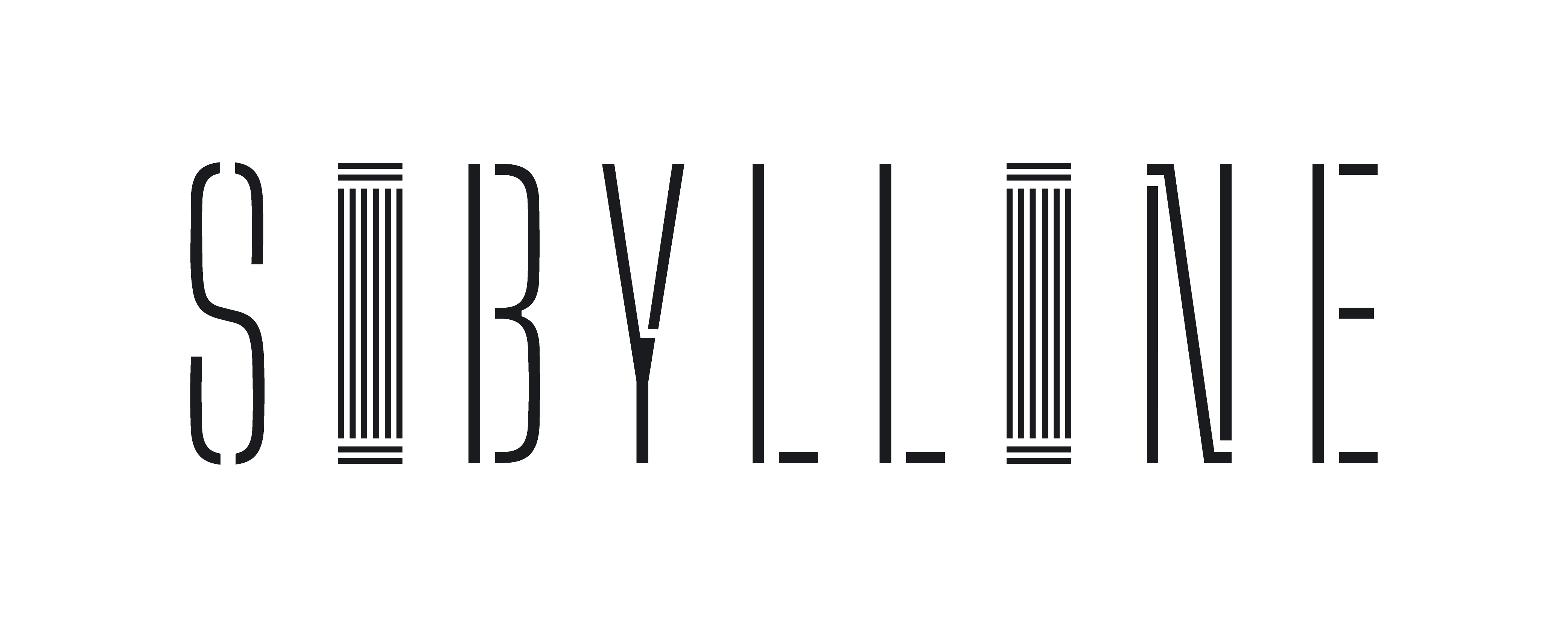A Destabilised Tether - Short or Move?

Confidence in Tether varies. I'm not comfortable betting on it until it produces a full audit backing whatever claims its position is based on. As of 2018, this was apparently impossible for a variety of reasons, but, pending compliance with a September 2022 order, somebody's going to find out sooner rather than later. It's also less believable given that TUSD and USDC exist, but I'll get onto that.
If this were a different kind of coin less linked to USD, I'd be more charitable with their avoidant behaviour. But one of the key USP's of any pegged stable is the trust in its value holding steady - the clue is in the name. The problem we now face is that Tether is a victim of its own success - it's responsible for some 64% of all stable throughput, and when your only significant and repeating profit opportunities are arbitraging on unusual FOREX events, market cap becomes a very different question to reserves.
Much of the following discussion often begs the predicating question though:
Do We Want Tether et. al. At Full Reserve?
Tether might be caught in a regretful bind on this specific point, having committed themselves to it under a humbler vision. It might seem intuitive to assume that a provider of a tokenised national currency should always be at full reserve, the same way you assume that about your retail bank. Remember what happened the last time everyone assumed this about the banks? I don't say this to catastrophise, but merely to point out that intuitions are often only good for bracket shooting in this space, especially when they're predicated on old-order models.
I don't see an inherent reason why a firm offering a token on a national currency necessarily must operate at full reserve, let alone a truly separate currency, provided partial reserve status was explicitly communicated in both cases. If we're setting up a faithfully Hayekian currency market, then those with greater risk appetite, or appetite for whatever a partial reservist can specialise in, should be free to select those with partial reserve. Dare I go one further, much of the catastrophising around partial reserve re-entering the space is a 2008 hangover unjustified on the facts. Smart Contracts and Blockchains are beautiful technologies in this regard - no matter how strong your incentive is to game the system, as long as the amount of each currency is in circulation is public knowledge, errors correct.
Of course, the above doesn't apply to Tether for as long as they're not willing to audit and/or put some proof on chain. But one can imagine more complex systems of scaling reserves dependent on input and price fluctuations elsewhere. It's doubtful how popular some might be - locking some inputted funds away for investment is anathema to a coin based purely on exchange. Simple interest rates might be a better mechanism, but then whoever's offering the partial reserves needs to beat the market by an extra x%. Beyond this point my ideation is limited, but I think that's enough to challenge any mechanical assumptions you might have made.
Movement Away From Tether
So what would be the effective difference between what I'm ideating on and Tether Gold? It grants tokenised ownership in gold, mixing confidence and convenience, and, accepting some rounding errors, its reserve seems 1:1 backed. Well first of all, a new project would be separate from any concerns about taint by association; Tether Gold lacks the market cap to hold up Tether if the latter falls. Second, gold is reliable, but has been permuted throughout history and the price is subject to short-run inflation as confidence in fiat continues to fall (correctly) - this would also apply to a successful new asset, but only after initial private sales and assignment. Finally, a new commodity underlying stables offers an entirely new paradigm, insulated and separate from any central bank who might want to switch back to gold in restoring confidence; purchases are already up.
But what kind of new commodity to switch to? It's far from obvious, but ideal ground for research ideation. There's the usual financial criteria, stability, abundance, portability, inert, so on. But, due largely I admit to cultural instantiation, any competitor must overwhelm the instinctive preference towards gold which the supermajority will feel.
The overwhelming concern which I've osmosed from true specialists in stables is fungibility and matching liquidity. The challenge occupying any Tether competitor will be resolving exactly the pain point they are under scrutiny for, without having a 64% market share to work from. How would a competitor go about establishing the sort of confidence necessary to challenge that inertia? My instinct is to run straight for institutional acceptance and show an overwhelming amount of supply in a commodity which can be bet on as consistently abundant. Demand can flex from there, inside limits. The external demand for the commodity in question should therefore be inelastic and its industries insulated from shocks on both sides. If subsidised or state-monopolised, though it pains me to say it, so much better for the issuer's immediate acceptance and launch velocity.
Inevitable Fractionation?
Still, $83bn is a massive target to aim for. I'm doubtful that any new supplier of a stable could match it coming in cold - they'd either need a massively successful raise, a titanic private backer, or some massive capital pool aiming more for diversification and persistence into the future. Even better if you can combine these; but there will be a few out there who can fit that definition. More immediately, if the legal situation around Tether deteriorates further, questions about the future of the marketplace will follow if that 64% share can't be quickly disseminated or retained with newfound confidence.
It then follows that a more competitive marketplace, with multiple successors sharing pieces of the pie, might be better for all involved. It will be easier for each to demonstrate whatever % of matched reserves they offer, and competition will place them under greater pressure to actually do so (the lack of this has insulated Tether until the law came knocking). The consumer gets a truer Hayekian private currency market, suppliers are incentivised to innovate faster not just on the technology underlying stables, but on making them understandable to the consumer. It's easy for the technically oriented to underestimate the potency of adoption, but I can think of nothing better to draw attention, talent, and capital to the stables space.
So, what are the most immediate competitors? There are plenty of other stables offering Dollar 1:1 pegging, if not a 1:1 reserve. For the average consumer, I'd say that TrueUSD and USDCoin are straightforward betters. They are regularly audited to prove that they maintain full reserve for each token issued, though this raising interesting competition questions with CBDC's. As and when the SEC gets its act together, or is compelled to by somebody getting a hand on the three-letter agencies, a digital dollar becomes a concern. And when the average American can straightforwardly deposit with The Fed, I struggle to see a niche for these Coins to gain new customers. Those already in, either for ideology or fashion, may maintain their position, but if the USP of these firms is a combined confidence in the dollar and digital access, then they'll need to speciate into something else to survive the emergence of CBDC's.
DAI perhaps has a slightly different angle. It's collateralization algorithm requires a deposit of more than 1 Dollar to generate 1 Dollar, but it allows this from all manner of assets, and maintains a stable price throughout the trading day. This means that, if you're worried about minute by minute fluctuations in ETH, you can put it into DAI and use that as a genuinely decentralised payment stable. It's replete with all the other things you'd expect to see in what's basically a current account - a savings rate, the ability to unlock excess capital if fortuitous transactions arise in whatever you bought the DAI with, so on. The collateralization algorithm will put a lot of people off, especially those who've never been stung by high gas fees or a low daily price before, but as people get more experienced with the space, DAI may have a genuinely well speciated use case which helps dollar natives translate into Web3 and survives past CBDC introduction for those who like their finance decentralised. DAI just needs a translator. And, for the others to not solve their volatility problems...
When Freed Under Stress, A Tether Will Snap
To repeat myself ad nauseam, 64% is a big market share to suddenly come under increased scrutiny. If that scrutiny goes the way most of those in the know think it will, then some kind of replacement will need to emerge, most likely from extant competitors. I've made the potential use cases out here; what happens next is largely dice roll and a matter of what's actually behind Tether's apparently incomprehensible curtain (which, by the way, is never a good defence; Ignorantia juris non excusat).
I'm more concerned that we'll see increased demand for regulatory oversight and, more disturbingly, manual control, in spite of CBDC's doing 10 times this, if Tether's downfall is handled poorly by the space. And, if CBDC's are coming in as early as 2025, we can't afford to lose stablecoins to state control. I continue to maintain that the whole SBF saga was a strike against regulation, not in favour. A malinvestment was made, a malinvestment was corrected. There was some retail loss.
Get over it.
That's what markets do. And their freedom is more important than marginal retail loss. But, for the Web3 vanguard to preserve that for those who come after us, and for our customers, we need to act responsibly and get the lifeboats out.
Now.
